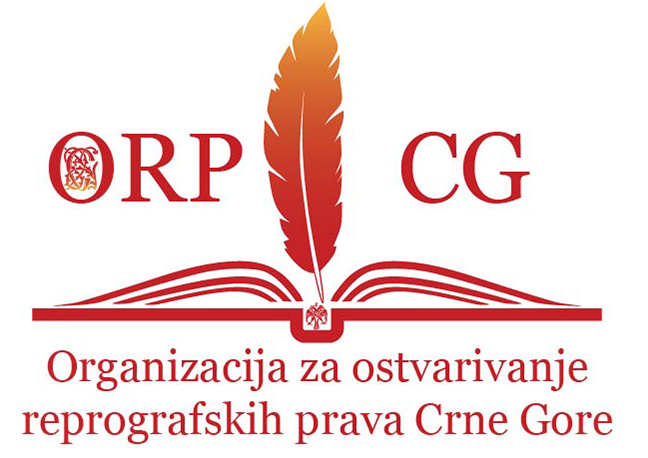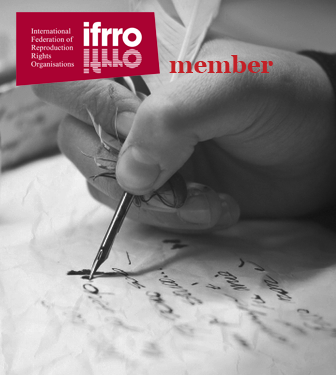ABOUT WRITTEN WORKS
“Books are cold but sure friends.”
— SOCRATES —
HISTORY:
– Chronicle of the Priest of Duklja
Chronicle of the Priest of Duklja (lat. Regnum Sclavorum) is also known as the Bar’s Genealogy. It was written by an anonymous priest of the Dukljansko-Bar Archbishopric, in the second half of the 12th century. The work is of historiographical character. It deals with the early history of southern Slavs and the history of the first Montenegrin early medieval state of Duklja, from the earliest period to the end of it.
– Zeta’s gospel writer or Miroslav’s Gospel
Zeta’s gospel writer or Miroslav’s Gospel was written and illuminated at the end of the 12th century in one of the scripts in the Zeta area. It is the most important Montenegrin written cultural monument in the Old Slavic language, and a masterpiece of the old Zeta’s calligraphic art and illuminations. It was made according to the order of Prince Miroslav for the needs of its endowment, the church of St. Peter and Paul in Bijelo Polje.
– The first printing house (Crnojević)
The printing house Crnojević is not only the first printing house in Montenegro, but the first printing house in a South Slavic country, founded only forty years after Johann Gutenberg invented the first printing machine.
– Oktoih prvoglasnik
Oktoih prvoglasnik, printed in 1494, is the first Montenegrin printed book, and at the same time the first in the South Slav nations.
– Hussein-pasha’s Quran
Hussein-pasha’s Quran is one of the most beautiful works of Islamic calligraphy of the 16th century in the South Slavic region. It is undoubtedly the most important handwritten book in the Arabic language in Montenegro, a written monument of culture of the highest national and state importance, which can be a pride to the Montenegrin citizens who inherit it. This work is preserved in Husein Pasha’s mosque in Pljevlja.
– Bar’s Glagolitic Missal in the Old Slavic language
Bar’s Glagolitic missal in the Old Slavic language was printed in 1893 in Rome for Montenegrins of the Catholic faith and it was used by Croats as well. For the first time, with that most important Catholic liturgical book, the service was possible in the old Slavonic language from the official liturgical book.





